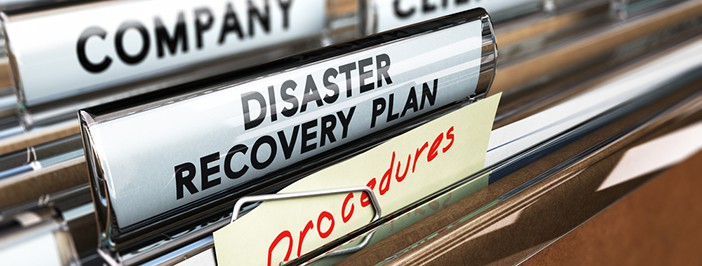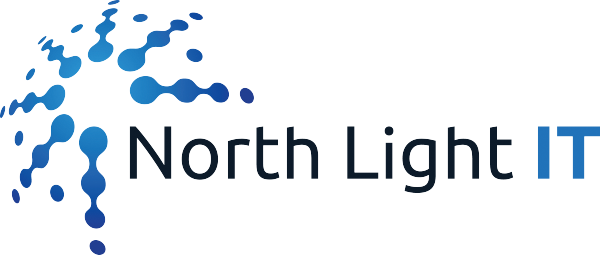Tips for a Successful Disaster Recovery Plan
A disaster recovery plan should incorporate all the necessary components for continuing business operations following a major natural or man-made disaster and take into account these disruptions can range from a few hours to several days or weeks. Successful plans share many of the same characteristics, but should be tailored to the needs of your business.
Look at the Big Picture
A disaster recovery plan needs to consider all departments within your business and incorporate the unique requirements to get each department back in operation. IT needs may comprise a large portion of the plan as that may allow employees to access business operations remotely if they have capabilities at their home or an off-site location. Having a plan to get accounting operations functioning will allow you to continue to receive payables, compensate employees and have funds and capital available to pay for any repairs, equipment or consultants that may be needed.
Test, Test and Test Again
Creating a disaster recovery plan is futile if you don’t test it in advance of needing it. Employees need to be well versed with their responsibilities. Testing will allow you to see what areas need improvements and adjustments and will show if any areas were overlooked completely. Once approved, a recovery plan should be reviewed and tested annually at a minimum, or any time a major change is implemented in your business’s infrastructure.
Back It Up
There are a variety of ways to back up your data and just as many factors in determining the best option for your business. Tape back-ups are still common but should be updated at the end of each day and taken off-site every evening to be most effective. Remote back-up is becoming more popular and there are different options available with regards to frequency and availability, depending on your budget and business needs. Consider instituting a policy to back-up laptops and other mobile devices.
Don’t Forget the Basics
More than one person at your company should have a copy of the plan offsite, so it can be referenced in the event your office is completely inaccessible. Your plan needs to include a list of all employees and their contact information, including multiple methods of contact, as some events will impact the ability to use landlines, mobile phones and/or the Internet. Essential employees should all have a back-up contact who can aid in recovery in the event a member of the team is incapacitated or unavailable. The plan should implement a system for informing employees and clients as to the status of your office and business operations. You will also want to include a listing of bank accounts and insurance policies (along with related contacts) and a list of key vendors, account numbers and passwords. These lists should be reviewed and updated more frequently than the plan itself.




